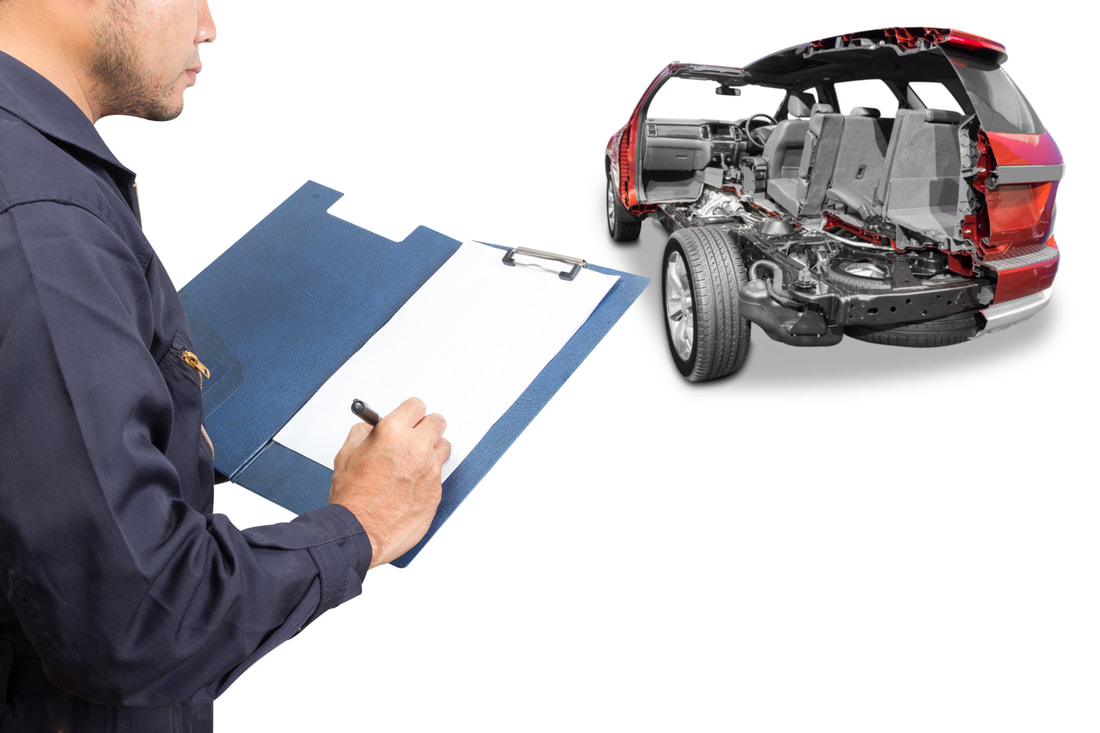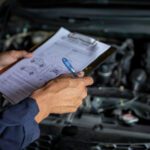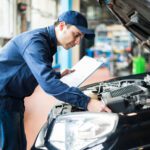
Broadly speaking, car owners tend to fall into one of three groups when it comes to car servicing. The first group is diligent; they stick to the servicing intervals, and they never miss a car service. The second group is a little lax; they want to save some money, so they skip a service here and there. The third group never have their car serviced at all, and they run their car until a major problem needs to be repaired. Car servicing is essential for your car for a number of reasons, and we will explain why in this brief guide.
Contents [show]
A Regular Car Service in Important
A car represents a significant investment for most people, and after their home, it’s probably the single largest purchase. A car is also a complex piece of machinery with electrical, electronic, and mechanical moving parts that all need to work in harmony. If you want to protect your investment, it’s essential to schedule a car service at the specified intervals.
4 Benefits of Car Servicing
There are four main benefits to regular car servicing:
1. Improving Safety
During a car service, a number of safety checks are carried out to identify component issues. Any worn components will be replaced, and this will help critical safety systems, such as steering, braking, seatbelts, and suspension, to work as intended by the manufacturer.
2. Saving Money
Regular car servicing will identify components before they fail, causing an unexpected breakdown. A well-maintained car will also maintain the fuel efficiency leading to lower fuel bills. Fixing smaller issues before they develop into larger problems is a great way to save money.
3. Retaining Value
When it comes time to sell your car, it will command a higher price if there is a full-service history. Car buyers are attracted to a car that has been well looked after because they are less likely to fail after they drive away.
4. Improving Longevity
When a car is serviced regularly, the engine will last far longer than a vehicle that has been neglected. This will allow the owner to defer a car change for longer, and this is a great way to save money or wait for a better deal.
Understanding Car Servicing Intervals
Every car manufacturer has a servicing interval for each of the cars in their stable. However, generally speaking, it’s a good idea to service a car at least every 10,000-15,000 kilometres or once per year (whichever comes first). But, if you are using a vehicle in any of the severe operating conditions detailed below, it may be necessary to halve these servicing intervals. Let’s look at six common harsh operating conditions:
Fuel Use
Australian fuel may contain higher concentrations of sulphur than many other nations where your model of car is sold. Sulphur is known to place higher demands on exhaust emission control systems. Switching to a low sulphur fuel may be possible, but this may come at an additional premium when you visit the pump.
High Dust Levels
An area with high levels of dust or sand can play have with sensitive components and metallic machined surfaces. The material can act as an abrasive, making lubrication less effective and causing considerable wear and tear on mechanical moving parts. Regular servicing can offset the effects of dust and sand, but the intervals will be lower.
Shorter Trips
If the car use is limited to more frequent and short journeys, the car will never be able to reach its optimal operating temperature. This will introduce extra stress to the internal components, and the chance of a breakdown is higher.
Long Idling Times
If the car is sitting for long periods and the engine is idling, it can cause problems. When an engine is idling, it cannot get up to temperature, and this resulting running time isn’t factored into the odometer readings. This makes it difficult to make an accurate assessment of the relative health of an engine related to its age. This is a common problem in vehicles, such as taxis and local delivery vans.
Stop/Start Driving
If a car is primarily used in a busy urban environment stop/start driving in heavy traffic can be a problem. A car that is constantly accelerated and braked over shorter distances will have extra stress placed on key mechanical components.
Towing
If the car is used for regular towing duties, the engine, suspension, and braking systems are all placed under additional strain. Over time this will significantly accelerate wear and tear on the vehicle, and it will need extra servicing.
What Happens During a Car Service?
There are three main types of car service available at most servicing providers; they are an inspection service, an interval service, and an oil change. Each of these three servicing tasks covers a number of different areas on your car as follows:
An Inspection Service
An exhaust system check, a brake fluid change, boot swivel joints checked, gearbox and transmission check, front and rear lights checked, vehicle systems check, coolant level check, body damage check, visual engine checks, headlight adjustments, windscreen wipers checked, washer bottle levels checked, warning lights checked, horn checked and a test drive to make sure everything is working correctly.
An Interval Service
The brake pads are checked, a full brake system inspection, a brake fluid check, a visual battery inspection, a tyre depth check, a tyre pressure check, a tyre condition check, and a power steering fluid check.
An Oil Change
An engine oil change, the oil filter is replaced, service light reset, the oil sticker is filled out, and the brake pads are checked.
Finally, there are certain servicing tasks that are specified for certain odometer readings, such as fuel filter replacement, engine belt tension checks, gearbox oil replacement, changing the spark plugs, changing the cabin pollen filter, and seat belt checks. The exact intervals will vary for each manufacturer and car model, but services that include these servicing tasks cost more. If you need a high-quality car service, contact AHG Auto & Tyre Service to arrange a visit.




